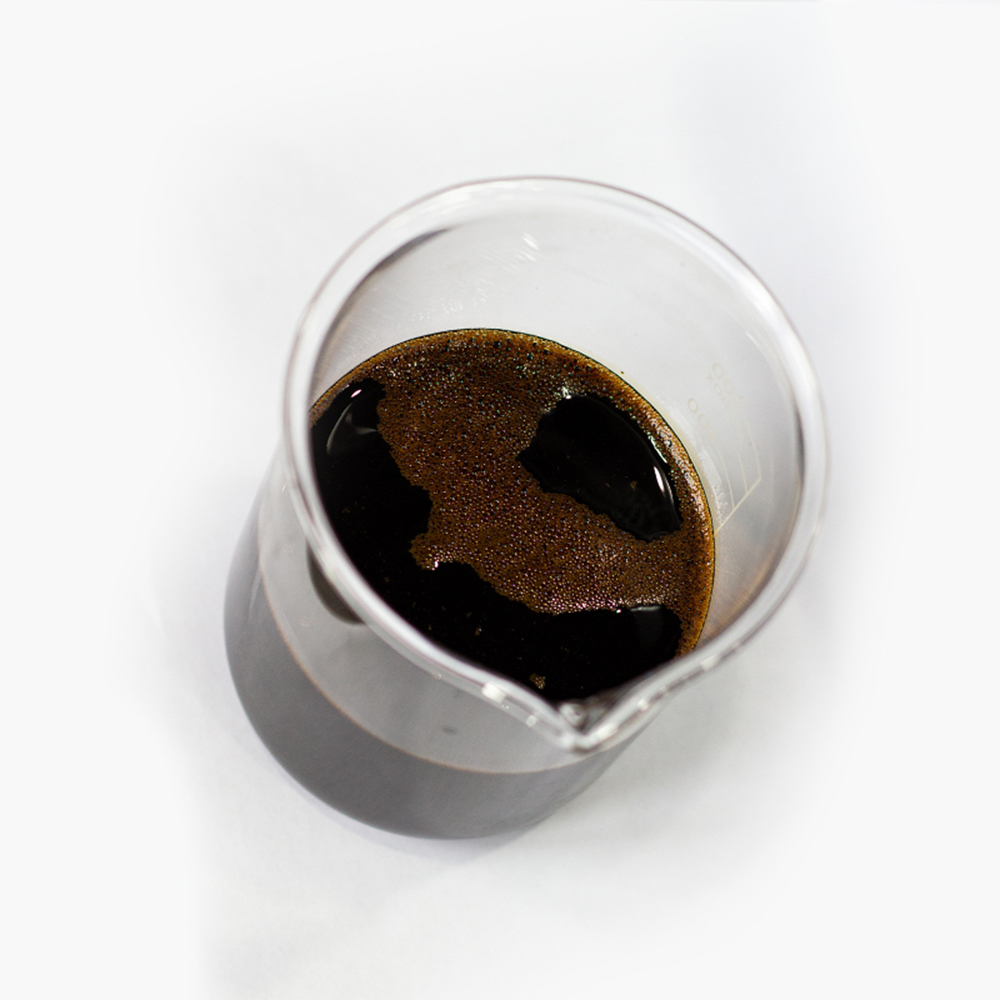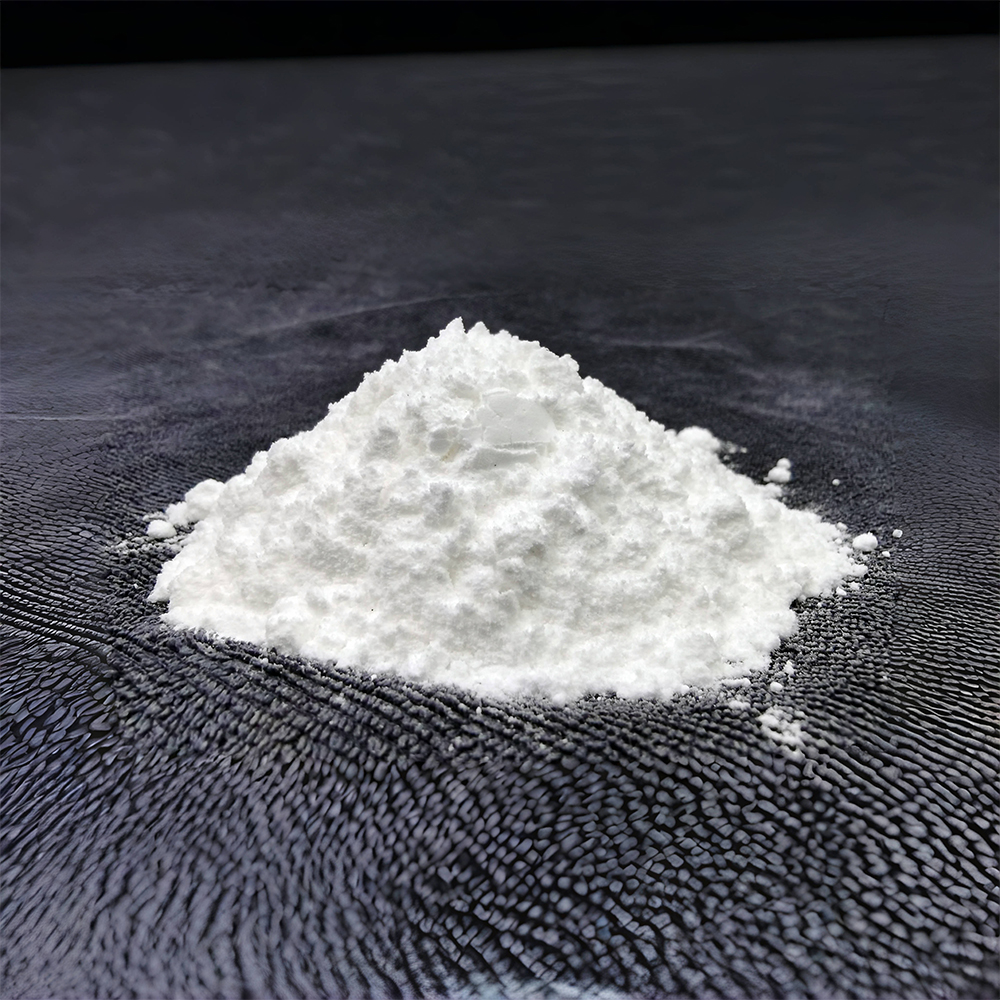Dragon Fruit Harvest Cheats
Based on root system optimization, disease resistance strengthening and functional fertilizer synergy
Dragon fruit (Hylocereus spp.), a high-value tropical crop, is gaining popularity worldwide due to its nutritional benefits and adaptability. However, growers often face challenges such as poor flowering, pest infestations, and low yields. This guide combines scientific research and field-tested solutions to optimize dragon fruit production, covering soil management, fertilization strategies, pest control, and yield-boosting techniques.
For commercial growers and fertilizer wholesalers, implementing the right nutrient programs (including amino acid-based liquid fertilizers, MKP, and bio-organic amendments) can increase productivity by 20-35% (Source: International Journal of Fruit Science, 2023).
1. Optimal Growing Conditions for Dragon Fruit
1.1 Climate & Soil Requirements
Dragon fruit thrives in tropical/subtropical climates (25-35°C) with well-drained sandy loam soil (pH 5.5-7.0). Key regions include:
- Vietnam (largest global exporter)
- Colombia & Mexico (expanding markets)
- Israel (advanced hydroponic systems)
🔗 Reference: FAO Dragon Fruit Cultivation Guide
1.2 Sunlight & Irrigation
- 6-8 hours of sunlight daily (shade nets needed in extreme heat).
- Drip irrigation (saves 30% water vs. flood irrigation).
2. Major Challenges & Solutions in Dragon Fruit Farming
2.1 Poor Flowering & Fruit Set
Problem: Low pollination rates (dragon fruit relies on bats/moths).
Solutions:
- Hand pollination (increases fruit set by 40%).
- Apply 10-40-10 water-soluble fertilizer (high phosphorus boosts flowering).
2.2 Pest & Disease Management
Common threats:
- Stem canker (Neoscytalidium dimidiatum)
- Fruit flies (Bactrocera dorsalis)
Organic solutions:
- Neem oil + microbial fungicides (reduces fungal infections by 60%).
- Yellow sticky traps (controls fruit flies).
🔗 Reference: University of Florida IFAS Extension
3. Fertilization Strategies for Maximum Yield
3.1 Nutrient Requirements Per Hectare
| Growth Stage | Key Nutrients | Recommended Fertilizer |
|---|---|---|
| Vegetative | N (300-400 kg/ha) | 30-10-10 + TE water-soluble powder |
| Flowering | P (150-200 kg/ha) | MKP (0-52-34) + amino acid foliar spray |
| Fruiting | K (250-300 kg/ha) | 10-5-45 + calcium-magnesium liquid |
Yield increase: 22-30% (Source: Vietnam Agricultural Journal, 2023).
3.2 Cost-Effective Fertilizer Blends
| Option | Cost (USD/ha) | Yield Increase |
|---|---|---|
| Chemical NPK only | $500 | 15% |
| Amino acid + MKP combo | $700 | 28% |
| Bio-organic + slow-release K | $650 | 25% |
Best ROI: Amino acid-based liquid fertilizers (enhance nutrient uptake).
4. Advanced Cultivation Techniques
4.1 Trellising for Higher Productivity
- Concrete posts + horizontal wires (supports 200-300 kg/plant).
- Spacing: 3m x 3m (1,100 plants/ha).
4.2 Hydroponic & Soilless Systems
- Coco coir + drip fertigation (suitable for arid regions).
- Yields up to 50 tons/ha (vs. 30 tons in soil).
5. Post-Harvest & Market Strategies
5.1 Extending Shelf Life
- Pre-cooling (10°C) + edible coatings (reduces spoilage by 35%).
- Controlled atmosphere storage (extends freshness up to 4 weeks).
5.2 Export Market Opportunities
- EU & Middle East demand (premium prices for organic-certified fruit).
- Value-added products (dried dragon fruit, powders).
Conclusion
Optimizing dragon fruit farming requires science-backed fertilization, pest control, and trellising techniques. By integrating high-efficiency fertilizers (like MKP, amino acid blends, and bio-organics), growers can achieve 25-35% higher yields.
For fertilizer wholesalers and commercial farms, selecting the right nutrient formulations is critical. Explore our specialized dragon fruit fertilizers at www.fertilizertrelfey.com/shop/.
Need expert advice?
👉 Chat with us via the icon in the lower right corner.
👉 Follow us on LinkedIn for more farming insights.
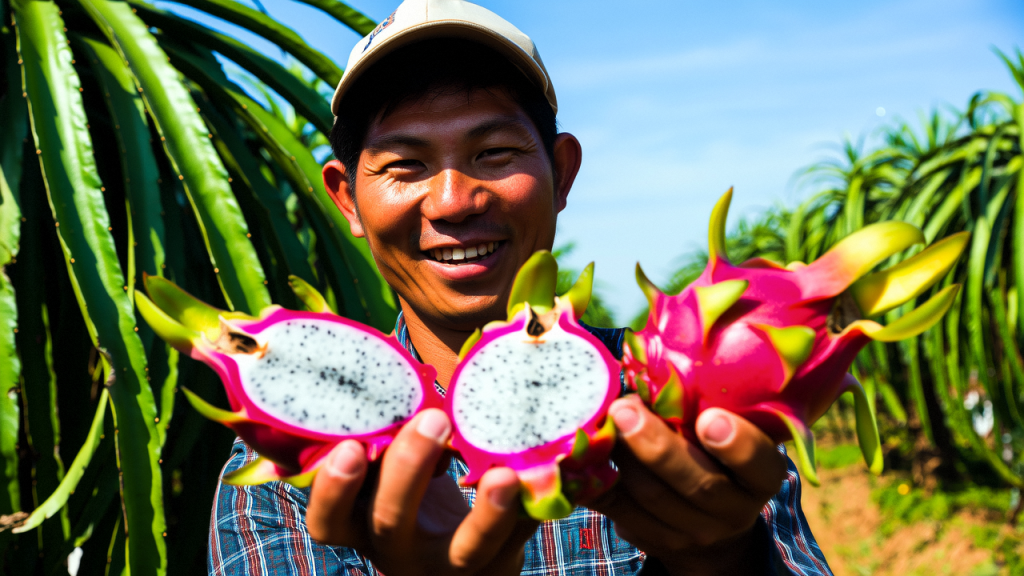
After applying organic-inorganic compound fertilizer, the length of dragon fruit branches exceeded 1.5 meters, the bud density increased by 60%, and the night flowering rate reached 95% (40% higher than traditional planting).
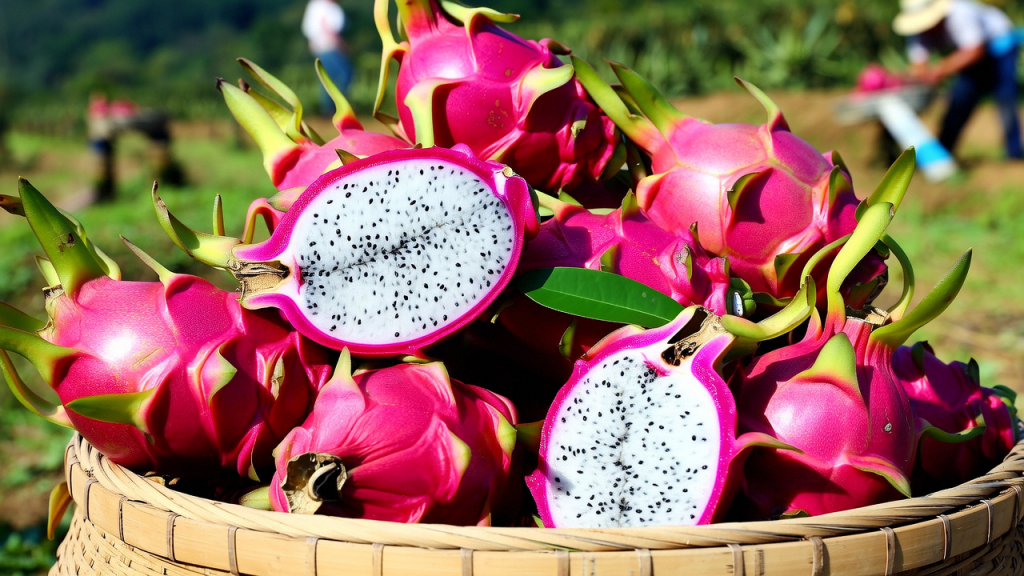
The harvest data is eye-catching–the single fruit weighs 550 grams, the scales are full and upright, the sugar-acid ratio is 18:1, and the shelf life is extended to 21 days.
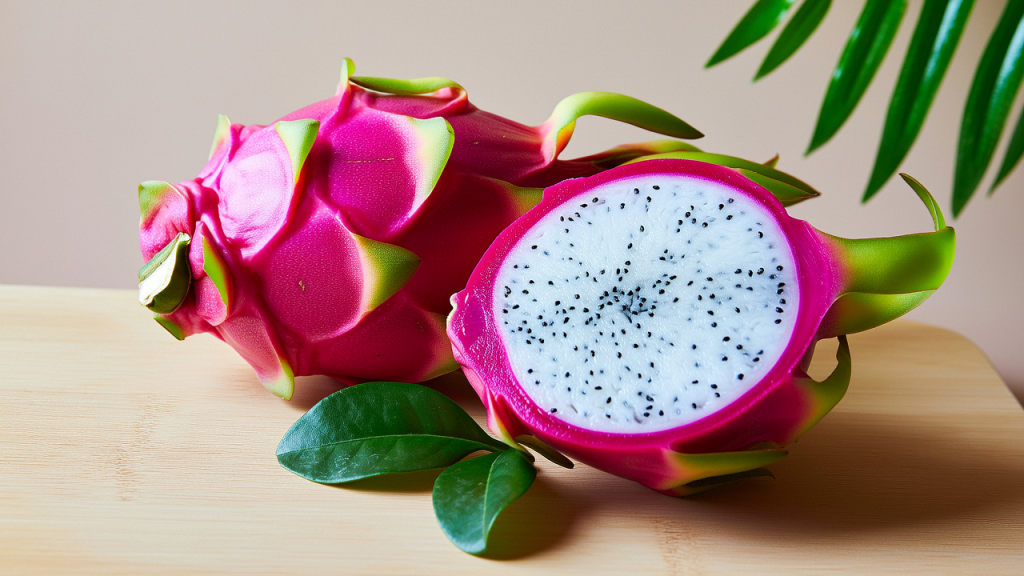
Microscopic observations showed that the dietary fiber of the pulp was arranged in an orderly manner, the black seeds were evenly distributed (85±3 seeds per cm2), and the concentration of betaxanthin increased by 30%.
Dragon fruit fertilizer
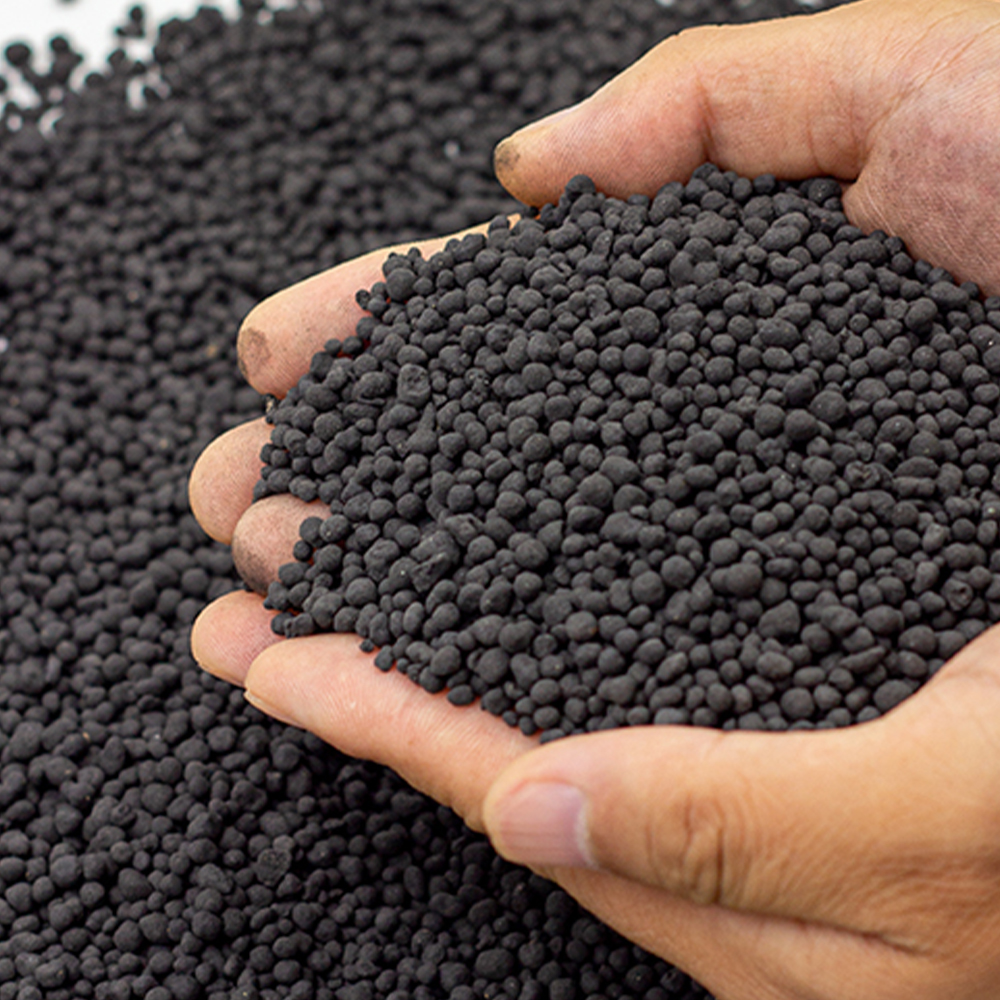
Bio-organic fertilizer
Organic matter ≥40%,CaO≥10%,beneficial bacteria count:≥0.20 billion/g

